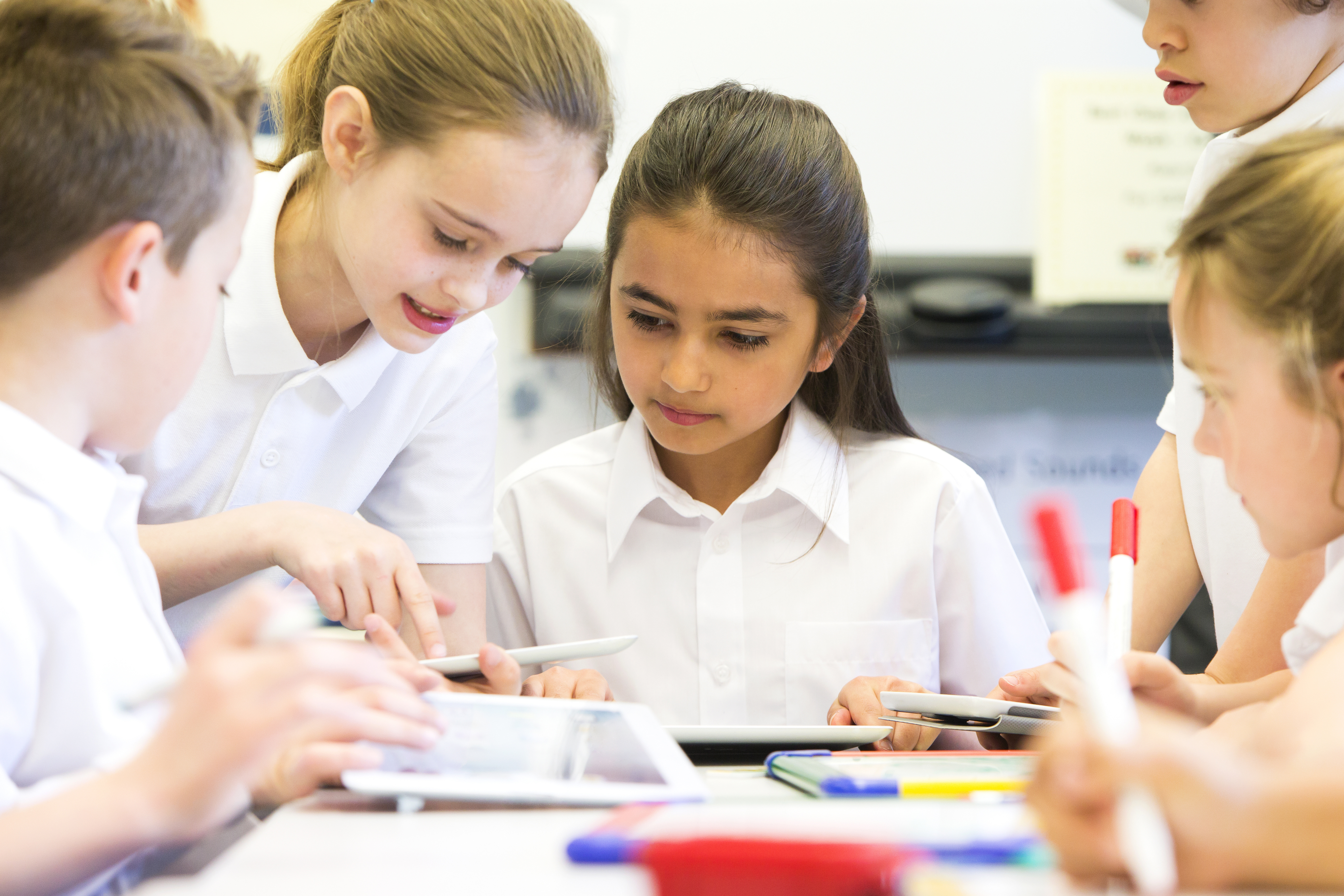Download Report
May 2019
AUTHORS
Jaekyung Lee
Namsook Kim
Ayse Cobanoglu
Michael O’Connor
Executive Summary
This report:
+ Describes the primary components of state socioemotional learning (SEL) standards and summarizes the reasoning for them.
+ Highlights, compares, and contrasts the progress selected states (including New York State) have made in developing and implementing SEL standards.
+ Explores the relationship between SEL standards adopted by states, protective environment (family-school-neighborhood), and the well-being outcomes of students.
+ Presents several policy options for the development and implementation of effective SEL standards towards education accountability system 2.0. in alignment with the Every Student Succeeds Act (ESSA).
Key Findings and Takeaways:
- Historically, states have measured the educational progress of their students based primarily, or even solely, on academic proficiency outcomes. A typical example of this is embodied in the federal No Child Left Behind (NCLB) policy.
- A growing body of research suggests that children’s socioeconomic well-being is fundamentally important to their healthy and productive development, and such research evidence implies that college, career, and civic readiness is tied to better socioemotional skills and well-being.
- Such research, and opportunities under new federal policies such as ESSA have sparked several states to adopt SEL standards as part of, or in conjunction with, existing or revised academic learning standards.
- State SEL standards have a common emphasis on intrapersonal, interpersonal, and decision-making skills. They are often scattered and lack connections to academic standards, however, and data are rarely collected in a way that informs school accountability for progress in these areas.
- State SEL standards tend to focus narrowly on specific skills and competencies, but fail to address learning environment gaps for whole child development. To counteract the effects of poverty and other risk factors, it is crucial to build a protective environment, such as safe and supportive schools, families, and neighborhoods for disadvantaged students.
- New York State has recently developed K-12 SEL benchmarks for voluntary adoption by school districts, trailing early statewide adopters which use SEL standards for school improvement and accountability. New York State also lags behind other state leaders in terms of creating protective environments and advancing child well-being.
- Policymakers can take steps to enact meaningful SEL standards and ensure their effective implementation. These steps include: reenvisioning school accountability policy for whole child development; well-balanced integration of academic and socioemotional learning standards and measures; investment in school/teacher capacity-building and a protective environment for child well-being; and effective partnership between schools, families, and community agencies for interventions (e.g., community school programs). New York State also would benefit from adopting a more systemic reform approach, tracking and supporting statewide measures of school climate and student well-being across the state.
